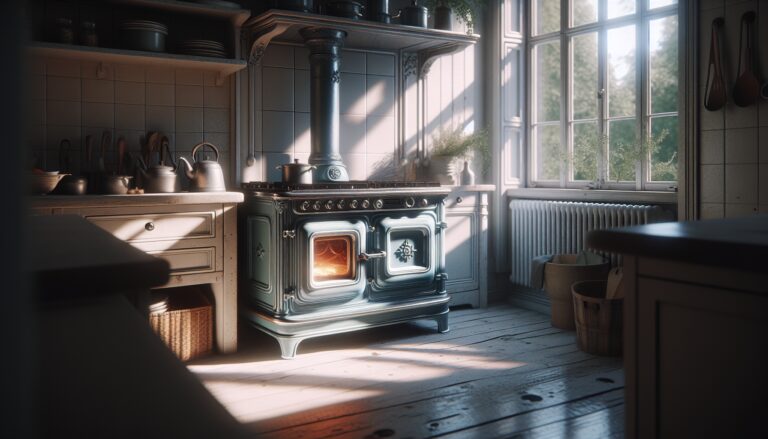Argomenti trattati
Understanding enameled cast iron cookware
Enameled cast iron cookware has gained immense popularity among home cooks and professional chefs alike. Unlike traditional cast iron, which requires regular seasoning, enameled cast iron features a durable glass coating that eliminates the need for this maintenance. This unique construction not only enhances the aesthetic appeal of the cookware but also provides a non-reactive surface, making it safe for cooking acidic foods. However, to ensure longevity and optimal performance, it’s crucial to understand how to care for this type of cookware properly.
Proper preheating techniques
One of the most common mistakes made by users of enameled cast iron cookware is rushing the preheating process. Proper preheating is essential for achieving even cooking and preventing food from sticking. To preheat your cookware effectively, start by setting your burner to low heat for about three minutes. You should feel heat radiating from the pan before increasing the temperature and adding oil. This method not only enhances cooking performance but also simplifies cleanup, as food is less likely to adhere to the surface.
Cleaning and maintenance tips
While it may be tempting to toss your enameled cast iron cookware in the dishwasher for convenience, handwashing is recommended for regular cleaning. Harsh dishwasher detergents can dull the exterior enamel over time. Instead, use a soapy sponge and a stiff natural bristle or nylon brush for daily cleaning. For stubborn residue, Bar Keepers Friend is an excellent choice, but avoid using steel wool, which can scratch the enamel. Always allow your cookware to cool completely before washing to prevent thermal shock, and ensure that pans and lids are dried thoroughly before storage.
Versatility of enameled cast iron cookware
One of the most surprising aspects of enameled cast iron cookware is its versatility. While it is renowned for its heat retention, it also excels at maintaining cold temperatures. This feature allows you to use your Dutch oven not only for cooking but also for chilling dishes, such as oysters on ice. However, it’s essential to avoid subjecting your cookware to extreme temperature changes; always allow it to cool to room temperature before chilling. This practice helps prevent thermal shock and extends the life of your cookware.

